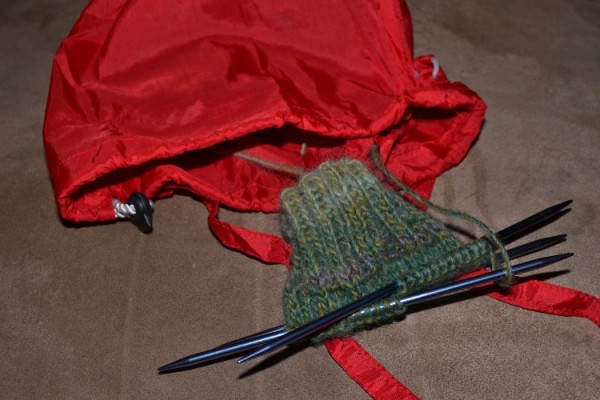 A recent post on the Yahoo! Makers site has gotten a lot of people talking, and I thought I’d join in just in case you haven’t seen it already.
A recent post on the Yahoo! Makers site has gotten a lot of people talking, and I thought I’d join in just in case you haven’t seen it already.
It has the classic clickbait headline “Never Say This to a Knitter. Really. Just Don’t Do It.” I’ll save you a click and let you know that what the author, Anne Miller, finds so offensive is when someone tells her she should sell her knit items.
She says selling the items would take the enjoyment away from her knitting time. There’s also the fact that no one would be willing to pay what it actually costs to knit something by hand, nor would people appreciate the time, creativity, yarn costs and emotional connections that go into projects.
“It’s worth remembering, in a our consumerist world that not everything can be bought or sold — nor should it,” she concludes.
In response Huelo, the knitter behind Work Even, a blog about her experiences as an American knitter in Bulgaria, wrote a post called “Knitting is a Right, Not a Privilege.”
She talks about how knitting is valued — or not — in a country that’s becoming more interested in throwaway, trendy fashions all the time, but where knitting and selling knitting are still pretty common practices.
A pair of one-of-a-kind slippers can go for as little as 3 euro, while an elaborate lace tablecloth (something that would take me a month of uninterrupted work, and takes these women two weeks) might fetch no more than 40 euro. These women knit Balkan-style, picking their stitches impossibly fast, with their working yarn thrown over the backs of their necks. They are absolute master knitters. But, rather than living a hobby knitter’s dream, they sell their knits to eke out whatever extra income they can, to supplement pensions of 200 euros or less per month.
Nonetheless, these women still feel creative and enjoy their knitting time, which Miller feared would go away when someone was paying for the finished product.
She says knitting for her is about the act of creation, the feeling of satisfaction and the mental health boost that comes from taking string to sticks. That’s why she teaches and sells patterns instead of finished objects, to help spread that good feeling.
These are both really interesting articles and perspectives on making and what it means today. I think people mean “you should sell that” as a compliment, and don’t think about how hard it would be to actually make a living wage that way. Knitting our own clothes in some ways gets us out of consumer culture, but unless we make our own yarn, too, we’re still buying something that might not have been produced in the best ways.
I don’t really want my knitting to be a commodity, but I will sell things from time to time.
There’s certainly no “answer” to all these questions, but I’d love to hear your thoughts! What do you say when someone says “you should sell that!”?
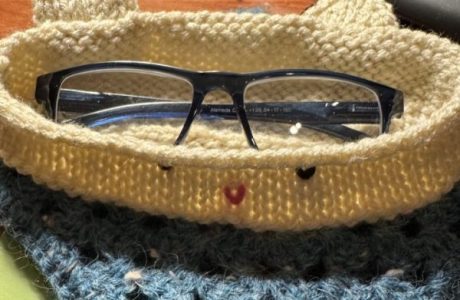

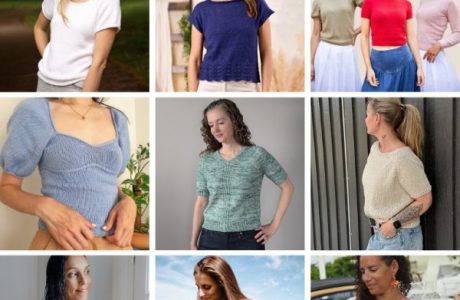
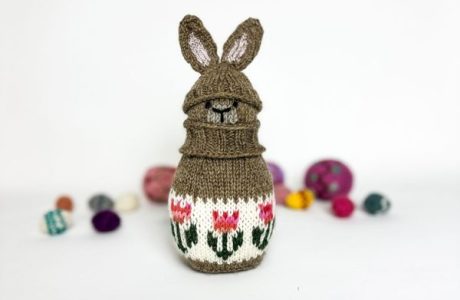
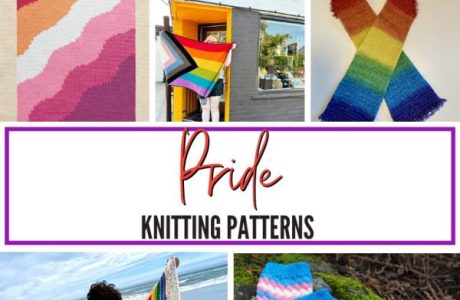
I usually tell them how many hours it takes to make it, and ask them what they would pay. They usually stutter and walk away. Some seem to value it more when they have the time to factor in to the beauty of the item, some value it a lot less. Interesting, either way.
I often say things like “it was only fun to make once”, or, if I’m actually willing to sell them the item, tell them my price for whatever it is. I insist on paying myself at least $10/hr and most people balk at the resulting price. But I personally don’t usually enjoy making multiples, deadlines, or dealing with the business end, so for me, making things specifically to sell definitely dampens my enjoyment of the process.
I take it as the compliment it is usually intended to be, and if it’s something I’d enjoy making again, I ask if the questioner would be interested in buying one. I and my friends have made items to sell, and most of the time we get less than we should in an ideal world, but we also do our best not to undervalue our work. For me, and I believe for my friends, I get a lot out of knowing that someone is enjoying something I created. I am not trying to make a living with my knitting (or any of my other artistic creations) but I enjoy and benefit in many other ways from the act of creating, and by selling a few items, I can keep creating without being a financial drain on my family.
I usually see someone in need and give them the item. Then go make another for me to use [as i was probably using the first one].
I usually knit larger items and give them as gifts to friends and family for different reasons, as well as make items for baby shower gifts. A few times I have also been fortunate enough to make an item for someone who has been willing to match my price for the item, but they knew how much work was involved in making it, as well as the yarn involved. I don’t do that often, but will do it occasionally, if asked. This way I’m able to work on larger items such as shawls and sweaters, which are my first love, and it makes knitting that much more enjoyable to do!!